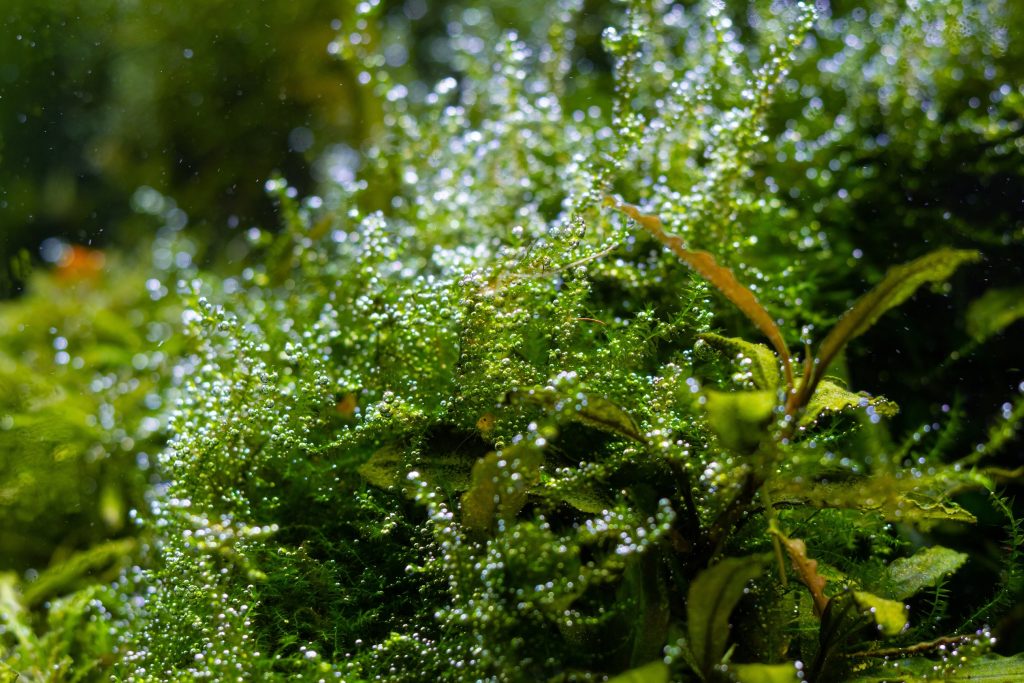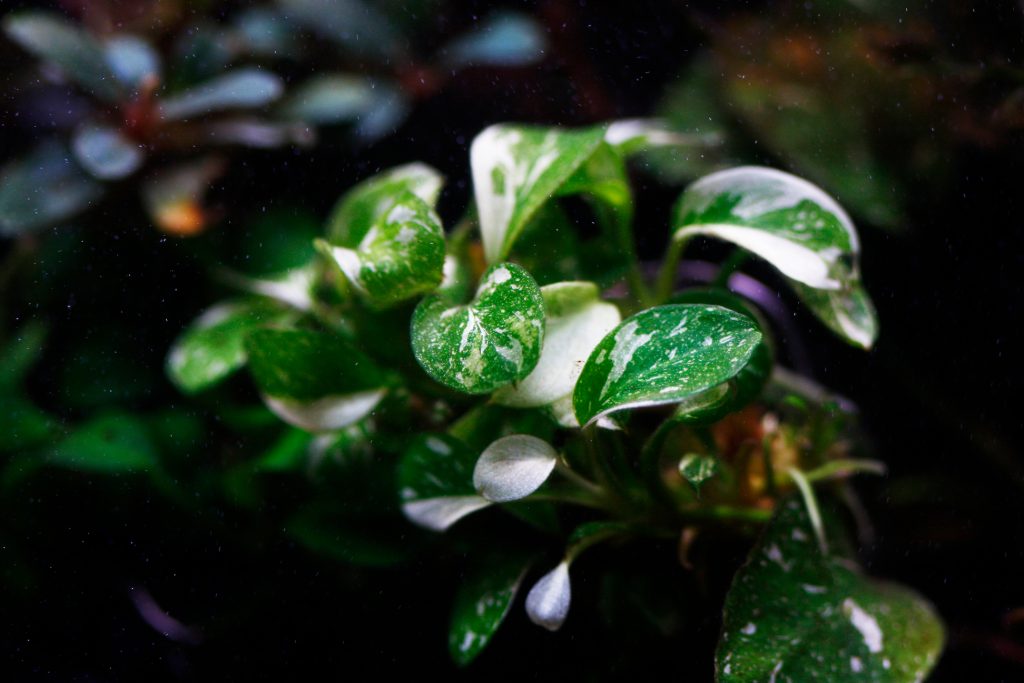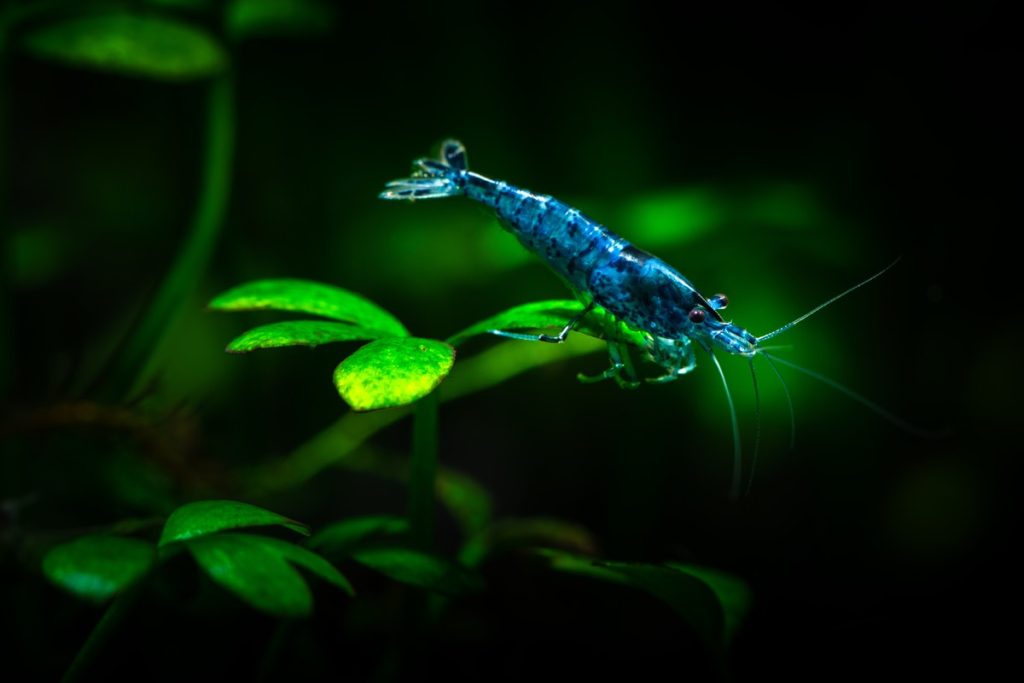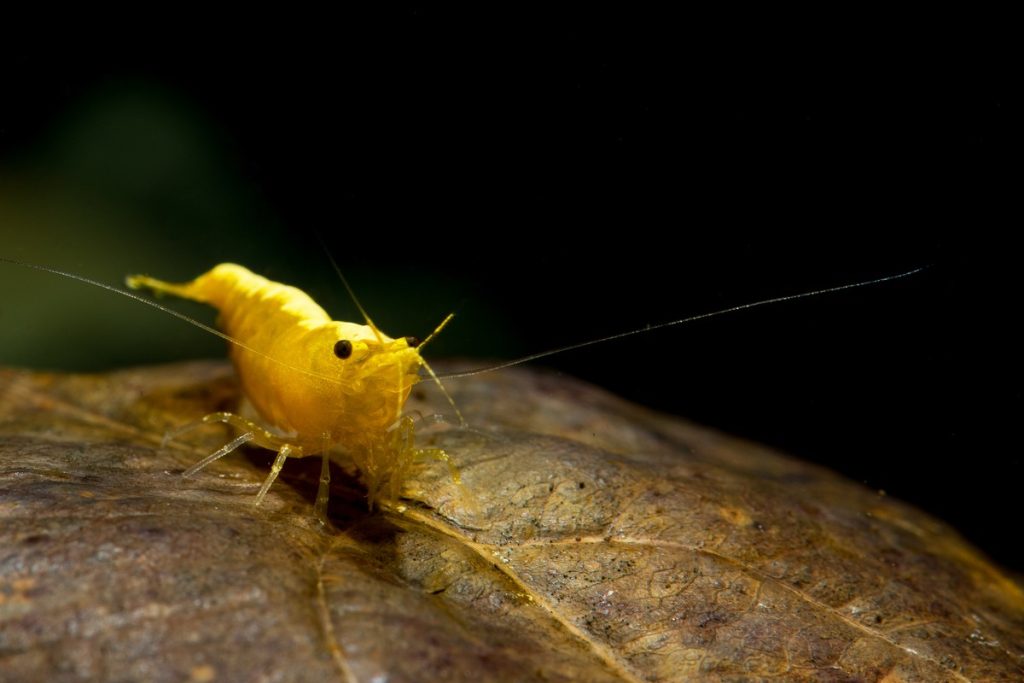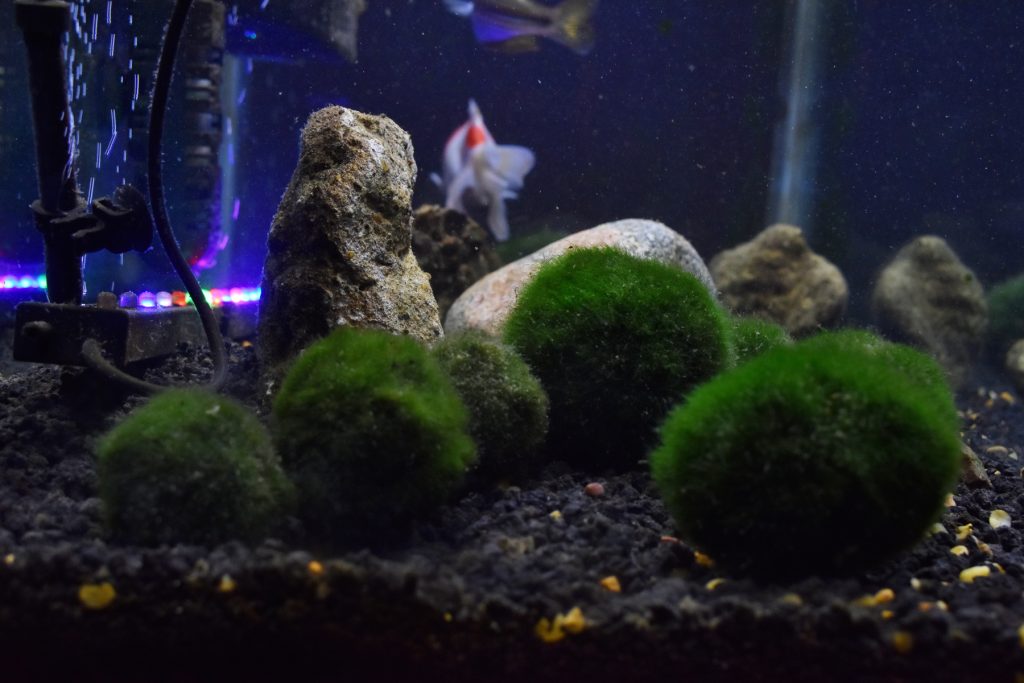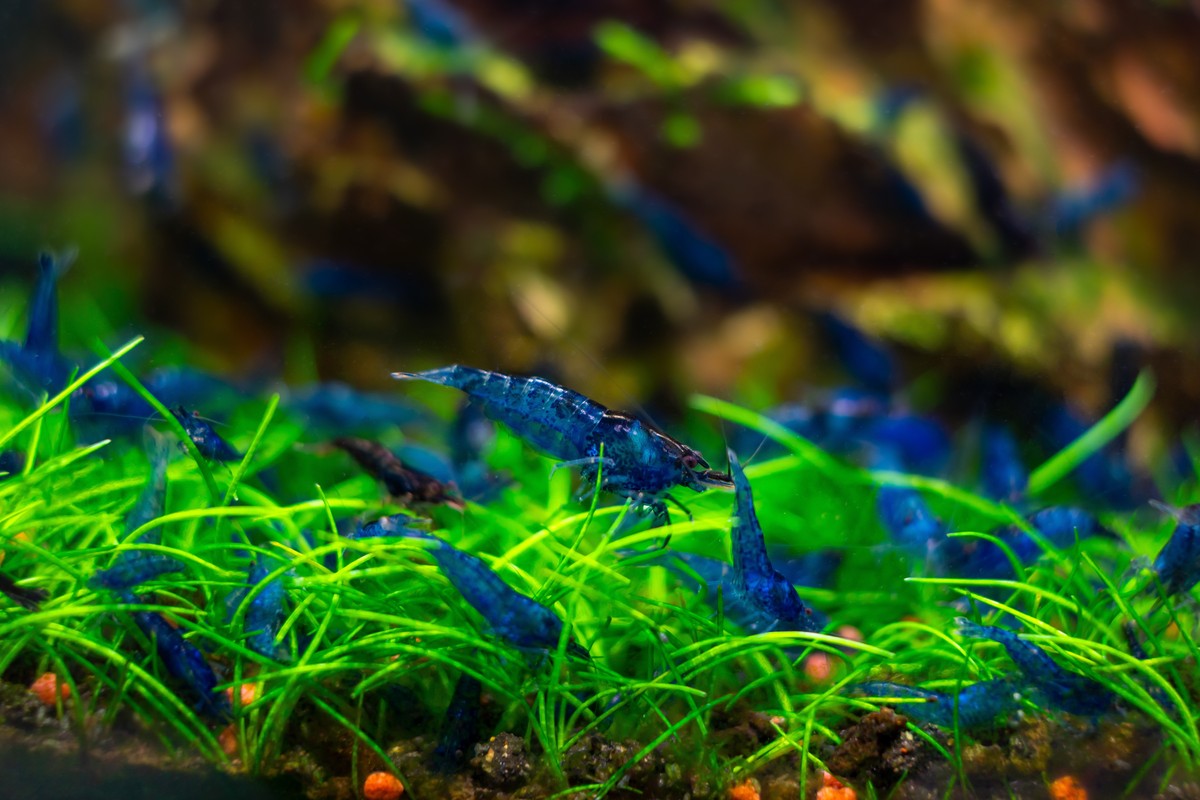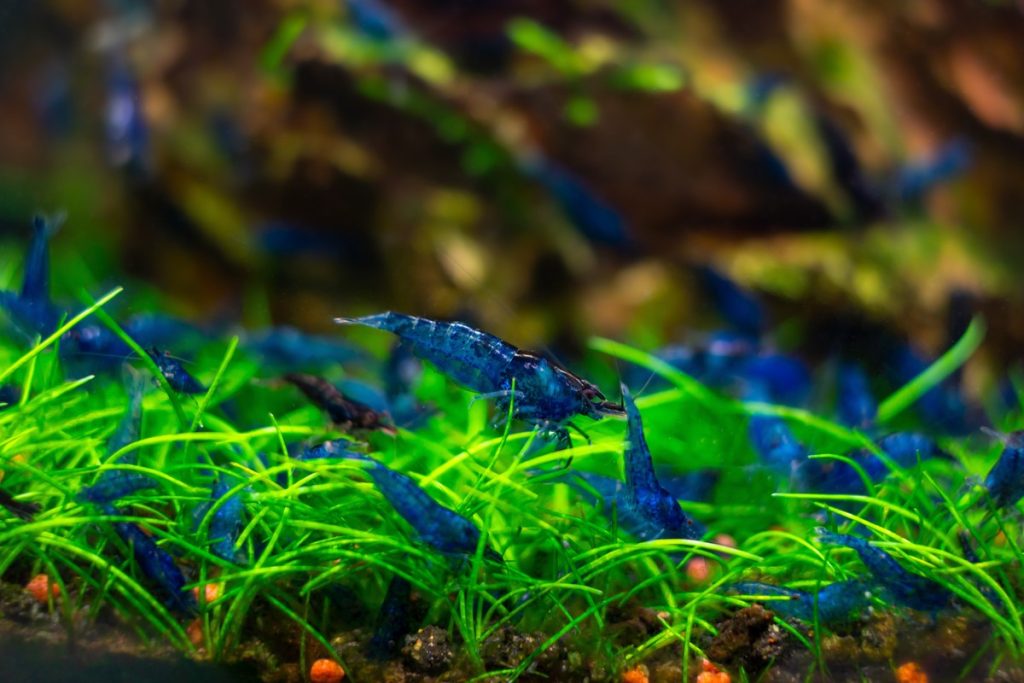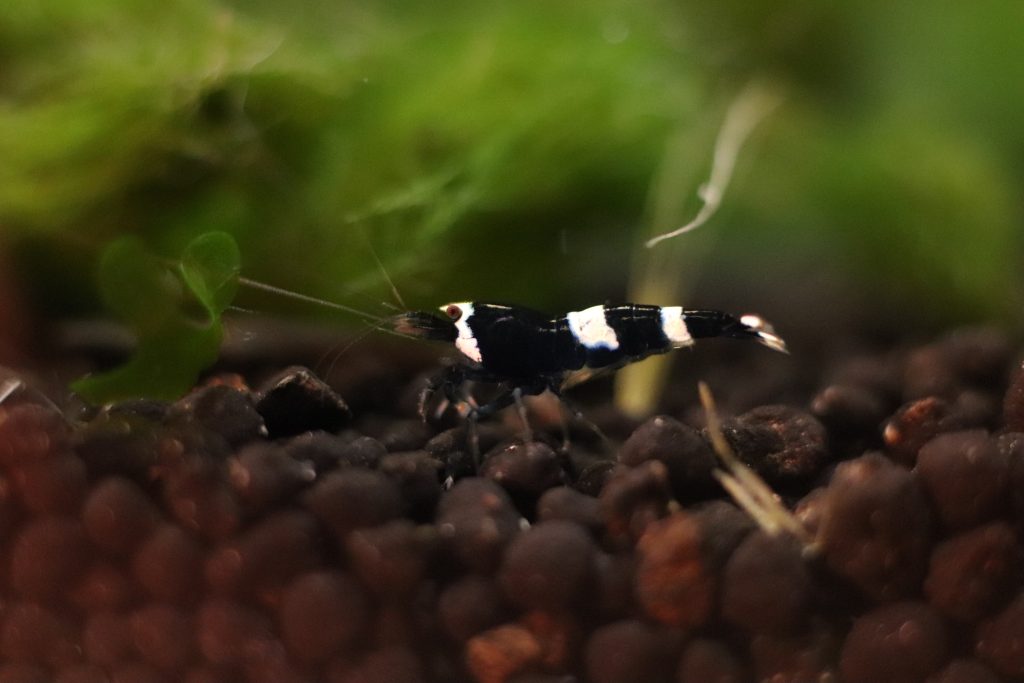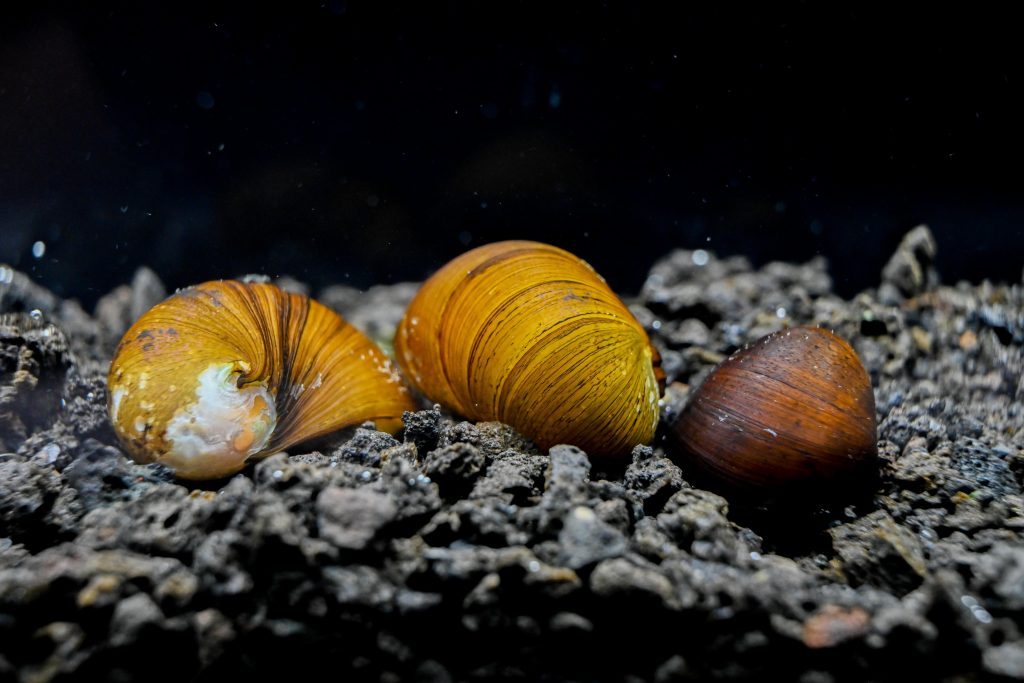The Betta fish (Betta splendens), often called the Siamese Fighting Fish, is one of the most popular and beautiful freshwater fish in the aquarium hobby. Known for its vivid colors and flowing fins, the betta has a bold personality – but also a reputation for aggression.
Many aquarists believe bettas must live alone, but with careful planning, it’s possible to create a peaceful betta community tank. The key lies in choosing the right tank mates for betta fish – species that are small, calm, and non-aggressive.
In this guide, we’ll cover everything you need to know about betta fish tank mates, including compatible species, setup tips, and common mistakes to avoid.
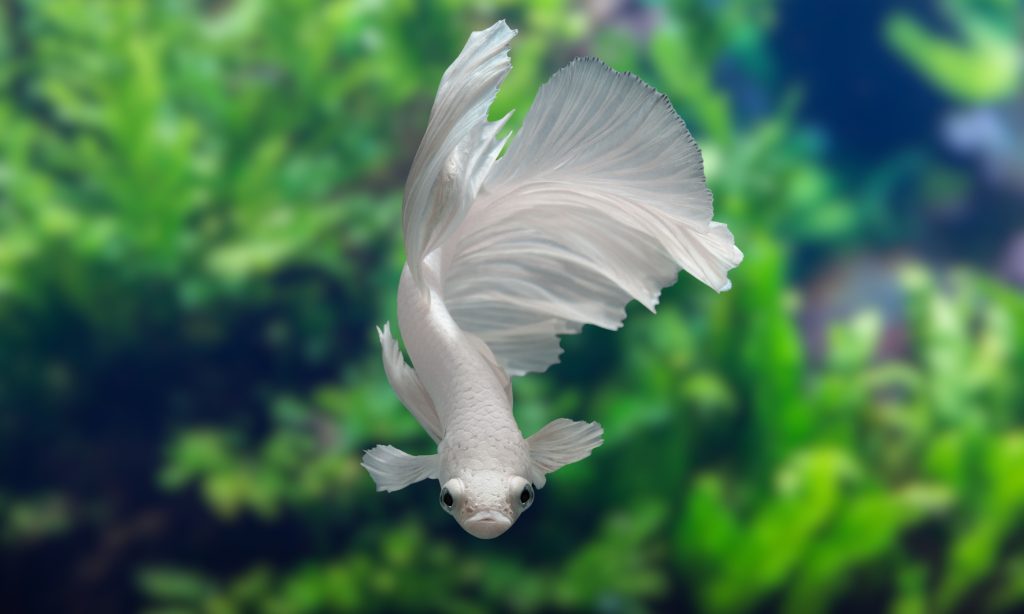
Understanding Betta Fish Behavior
Before selecting tank mates, it’s essential to understand your betta’s natural behavior and temperament.
- Territorial Nature: Male bettas are territorial, especially toward other males or fish with long fins.
- Curious but Defensive: Bettas will explore their environment but may chase intruders that invade their space.
- Variable Personality: Some bettas are calm and tolerate other fish, while others are aggressive. Each betta is unique.
- Solitary by Nature: In the wild, bettas live alone in rice paddies and shallow waters, defending small territories.
Because of this, compatibility depends on tank size, layout, and individual temperament. A well-planted, spacious aquarium with plenty of hiding spots is essential for success.
Ideal Tank Setup for Betta Fish and Tank Mates
Tank Size
A minimum of 10 gallons is recommended if you plan to add tank mates. Smaller tanks make it harder to establish territories and can lead to stress or aggression.
Filtration and Flow
Use a gentle filter that doesn’t create strong currents. Bettas prefer calm water, while most tank mates benefit from moderate flow. Sponge filters or adjustable-flow filters work best.
Plants and Hiding Spots
Dense aquatic plants, driftwood, and rocks help break line of sight and give each fish its own space. Good plant choices include:
- Anubias Nana
- Java Fern
- Cryptocoryne Wendtii
- Amazon Sword
- Marimo Moss Balls
Water Parameters
Maintain stable, tropical water conditions that suit bettas and most community fish:
- Temperature: 76-82°F (24-28°C)
- pH: 6.5-7.5
- GH: 5-15 dGH
- KH: 3-8 dKH
Perform weekly 25-30% water changes to keep parameters stable.
Best Tank Mates for Betta Fish
1. Corydoras Catfish (Corydoras pygmaeus, C. sterbai, C. habrosus)
Corydoras catfish are peaceful bottom dwellers that make excellent betta companions. They spend most of their time foraging on the substrate and rarely interact with bettas.
Why They’re Compatible:
- Calm and non-aggressive
- Occupy different areas of the tank
- Help clean leftover food and debris
Tank Tip:
Keep them in groups of at least 5-6 for comfort. Avoid sharp substrate that may injure their barbels.
2. Harlequin Rasboras (Trigonostigma heteromorpha)
Harlequin Rasboras are one of the best midwater schooling fish for betta tanks. Their small size and peaceful temperament make them perfect companions.
Why They’re Compatible:
- Fast and active but not fin-nippers
- Thrive in warm, soft water similar to bettas
- Add movement and color contrast
Tank Tip:
Keep in schools of 6-10. A planted tank reduces stress and prevents bettas from feeling threatened
3. Kuhli Loach (Pangio kuhlii)
Kuhli Loaches are eel-like bottom dwellers that prefer hiding under decorations and exploring at night.
Why They’re Compatible:
- Shy and nocturnal; avoid confrontation
- Clean up leftover food
- Prefer similar temperature and pH ranges
Tank Tip:
Provide plenty of caves, driftwood, and sand substrate. Keep them in groups of at least 4-5.
4. Ember Tetras (Hyphessobrycon amandae)
Ember Tetras are tiny, peaceful schooling fish with bright orange coloration that complements bettas beautifully.
Why They’re Compatible:
- Too small to threaten or stress bettas
- Occupy upper to midwater levels
- Peaceful and active in groups
Tank Tip:
Keep at least 8-10 Ember Tetras. A planted setup helps reduce stress and maintains harmony.
5. Mystery Snails (Pomacea bridgesii)
Mystery Snails are popular in betta tanks for their cleaning ability and unique appearance.
Why They’re Compatible:
- Peaceful and non-intrusive
- Clean algae and leftover food
- Betta rarely bothers them due to their hard shell
Tank Tip:
Provide calcium supplementation to support shell growth. Avoid overfeeding to prevent excess waste.
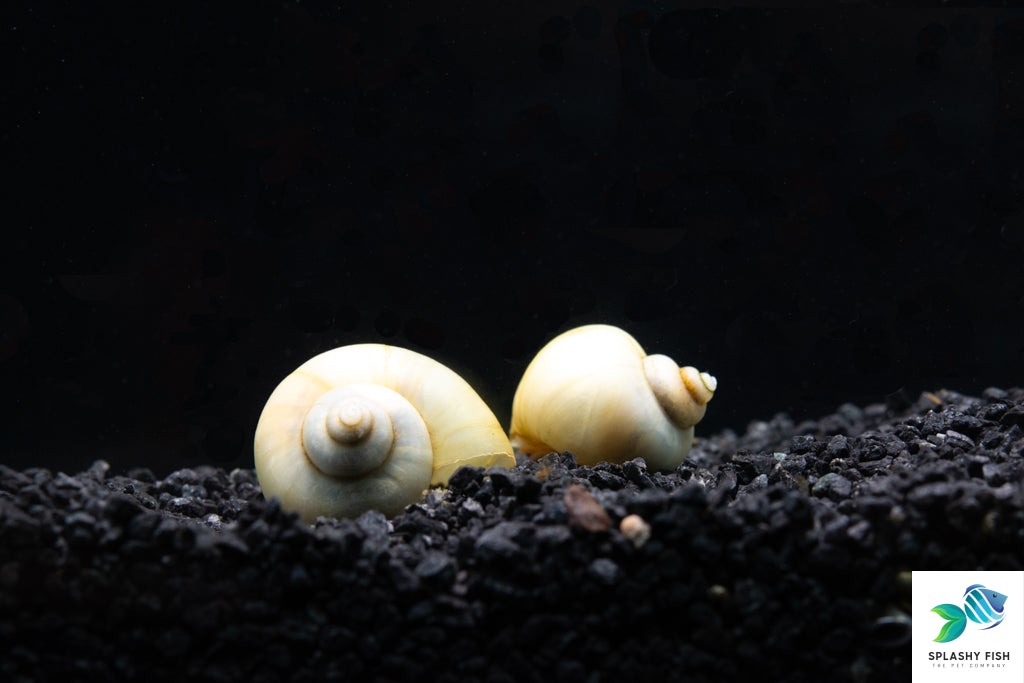
6. Neon Tetras (Paracheirodon innesi)
Neon Tetras are colorful schooling fish that share similar water conditions with bettas, but some bettas may nip at their fins.
Why They’re Sometimes Compatible:
- Peaceful nature and small size
- Add activity and contrast to planted tanks
Tank Tip:
Introduce only in larger tanks (20 gallons or more) with heavy planting. Observe behavior closely during the first few days.
Frequently Asked Questions (FAQ)
1. Can Betta Fish Live with Other Fish?
Yes, but only with peaceful, small species that won’t nip fins or compete for territory. Good choices include Corydoras, Rasboras, and Otocinclus Catfish.
2. How Big Should a Betta Community Tank Be?
At least 10-15 gallons for small setups and 20 gallons or more for larger communities. Space reduces stress and aggression.
3. Can Female Bettas Have Tank Mates?
Yes, female bettas are less aggressive and often do better in community tanks. You can also keep female sororities in groups of 4-6 with suitable tank mates.
4. How Can I Tell if My Betta Is Stressed?
Signs include faded color, clamped fins, hiding constantly, or refusing food. Check for aggressive interactions or unstable water conditions.
Conclusion
Building a peaceful betta community tank is possible with the right setup and tank mates. The best companions are small, calm species like Corydoras Catfish, Harlequin Rasboras, Kuhli Loaches, and Ember Tetras. Non-fish options such as Mystery Snails, Nerite Snails, and African Dwarf Frogs also work beautifully.
Avoid bright or aggressive species like guppies or barbs, and always prioritize tank size, plants, and stability. With patience and observation, your betta fish can thrive in a vibrant, balanced aquarium filled with peaceful companions.
Creating harmony in your aquarium not only enhances your betta’s life but also transforms your tank into a stunning display of color and calm.
